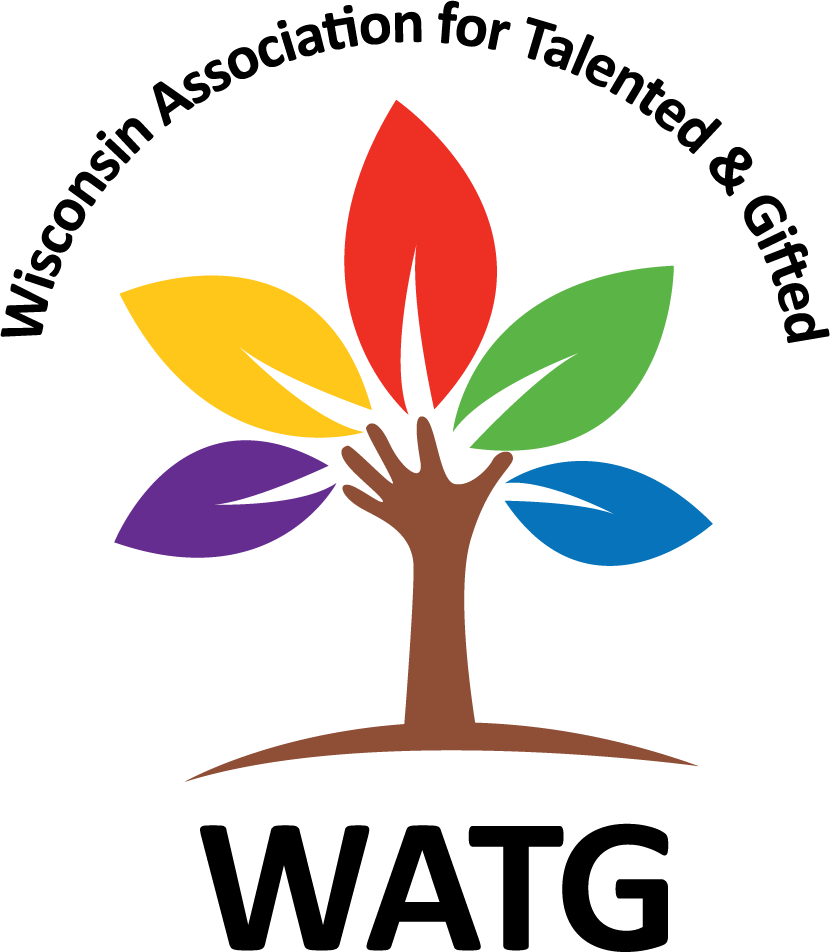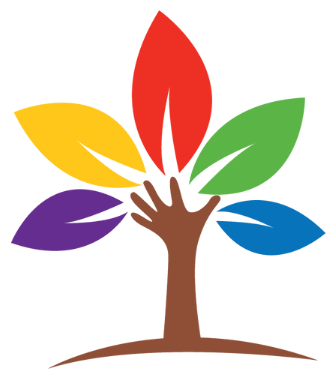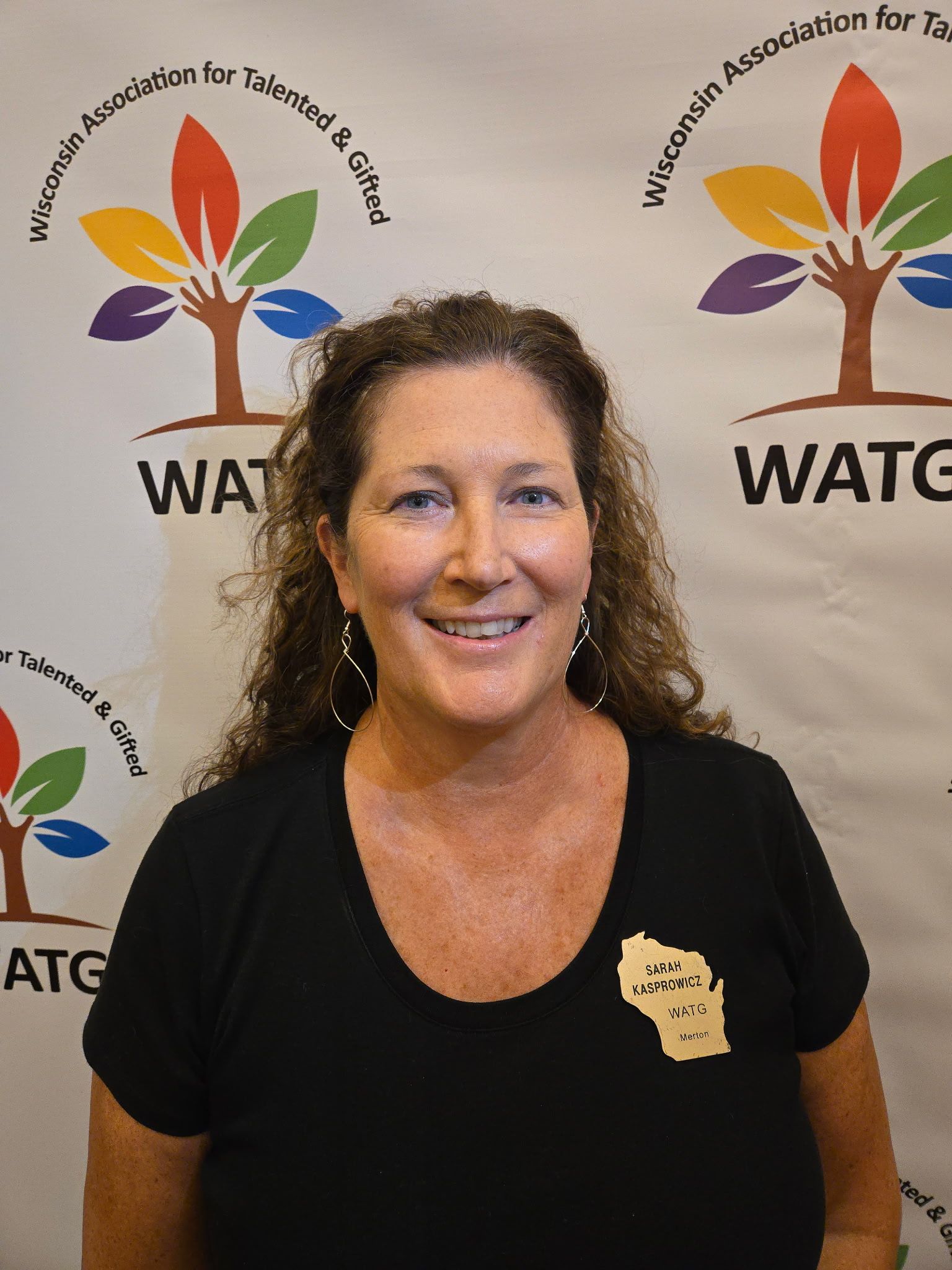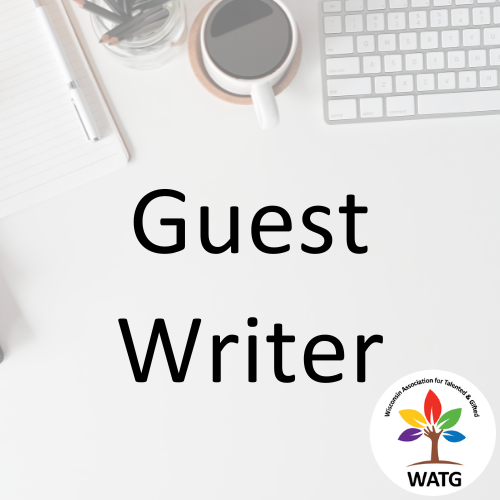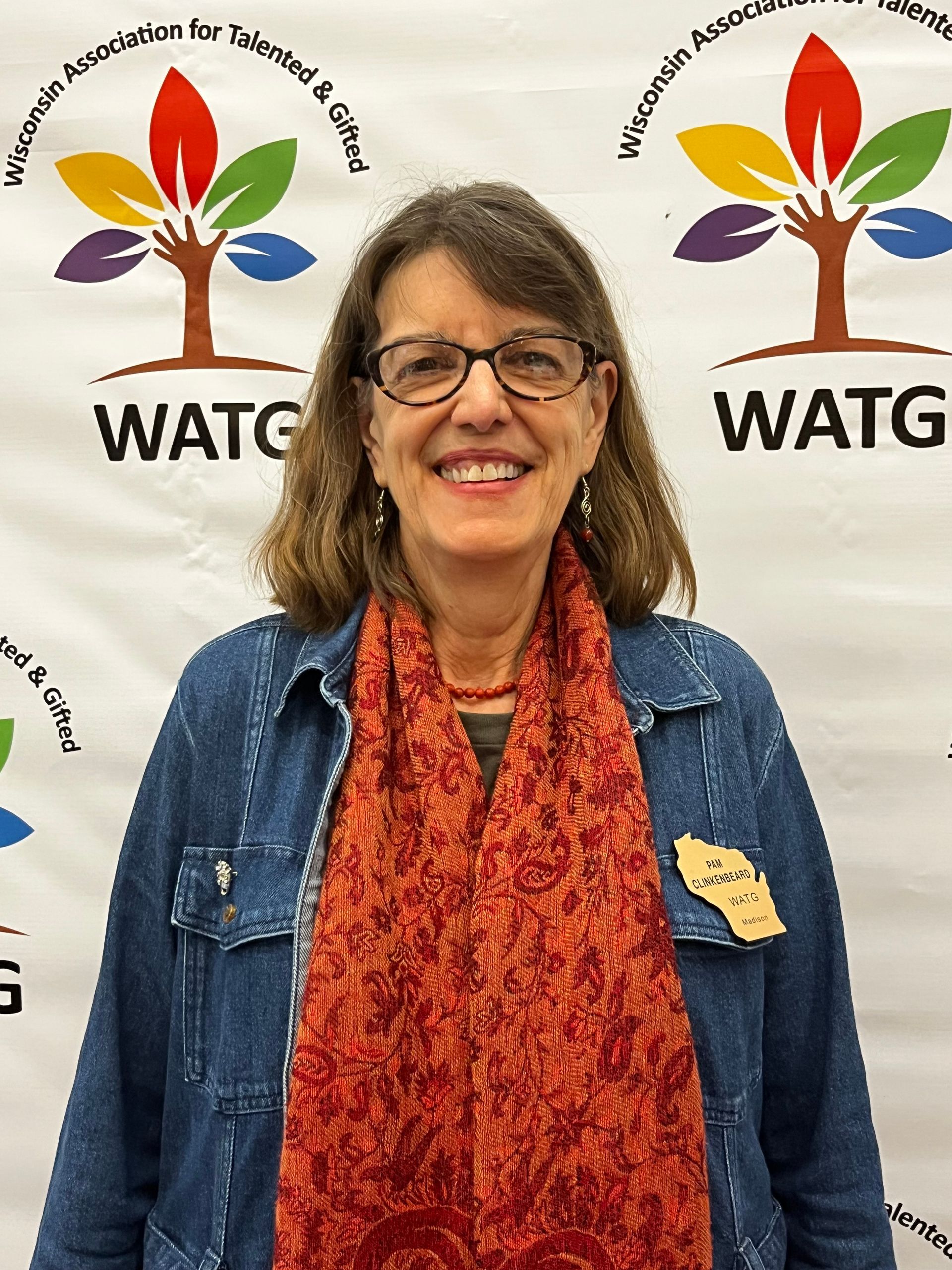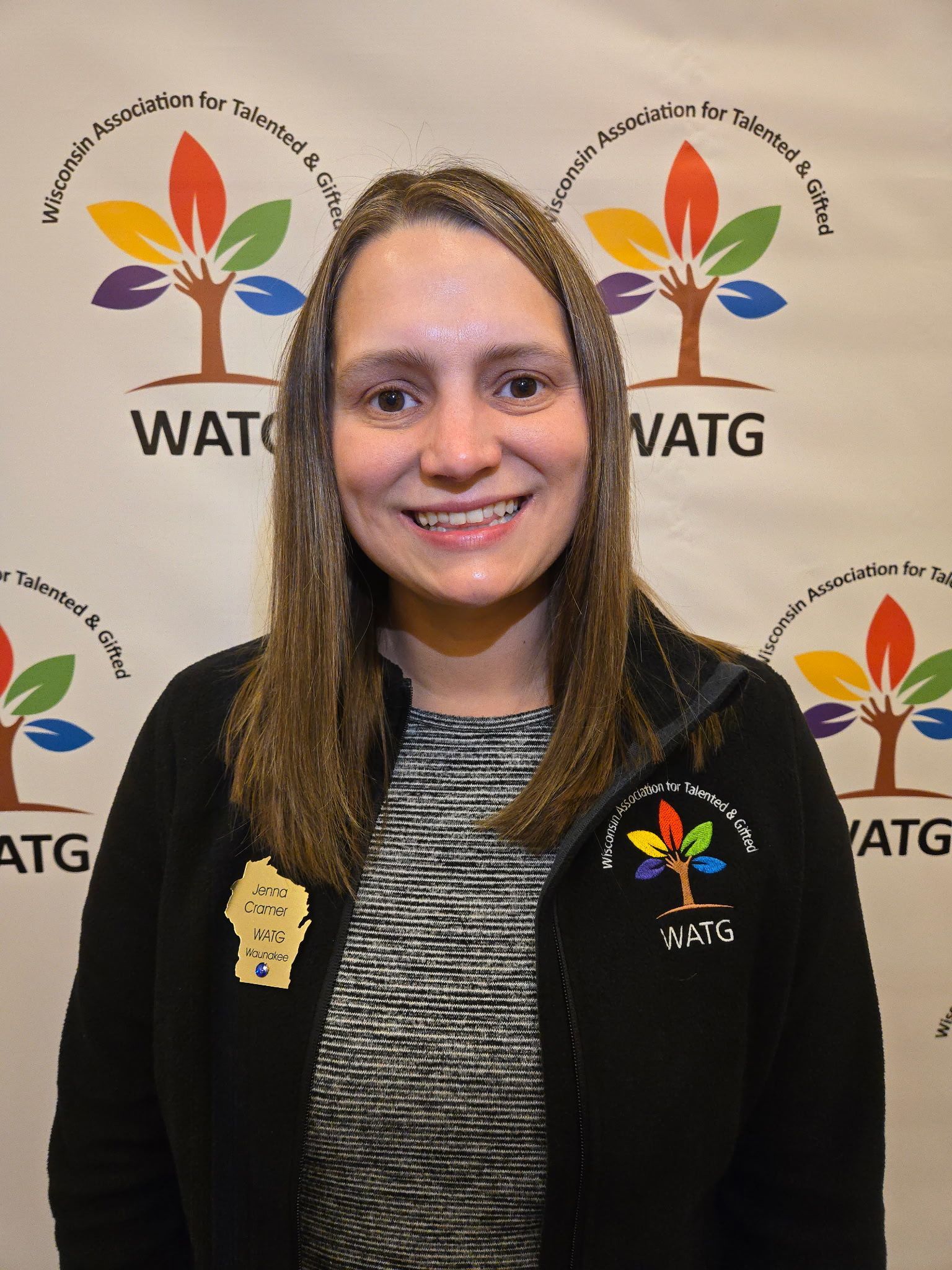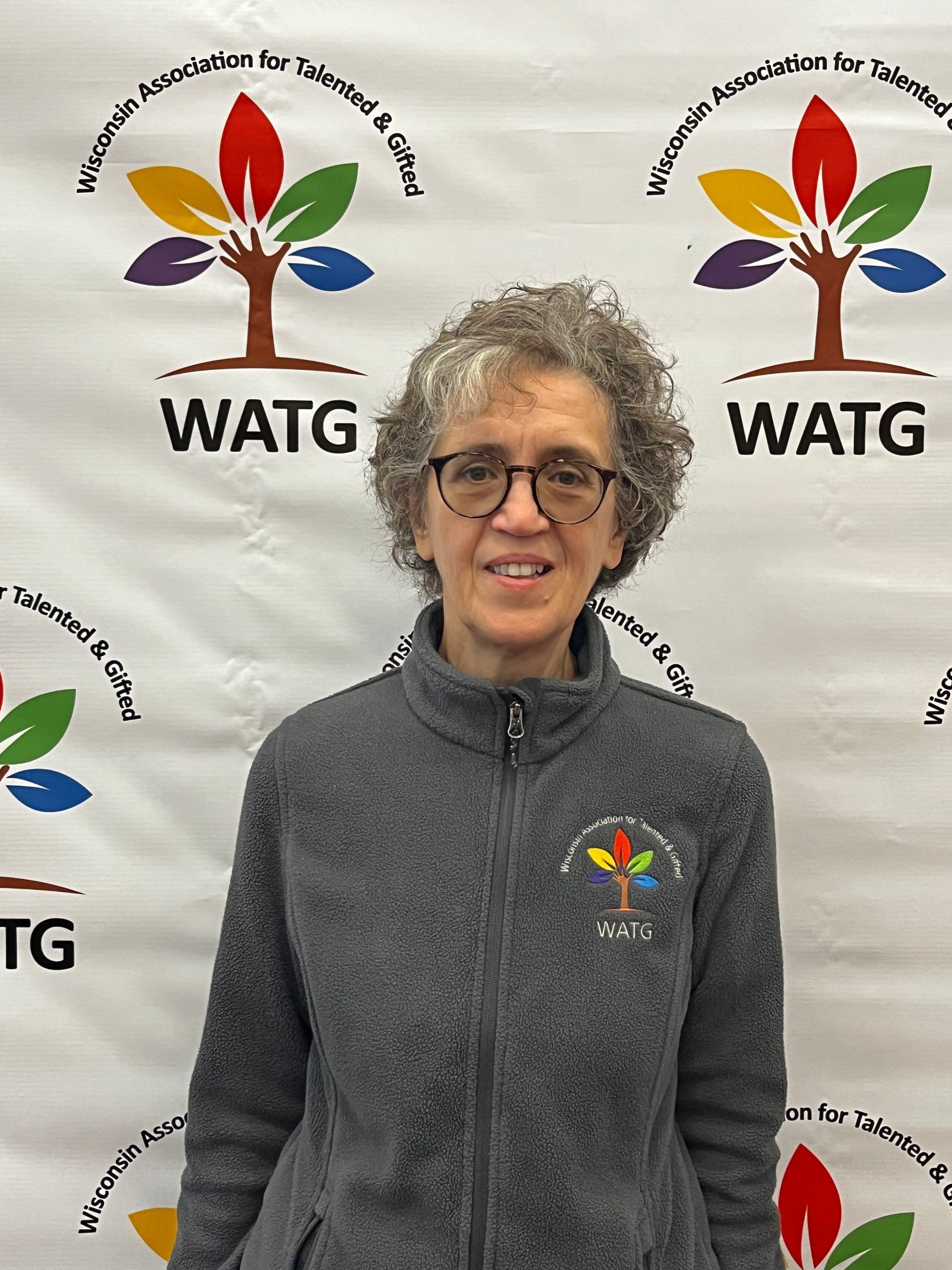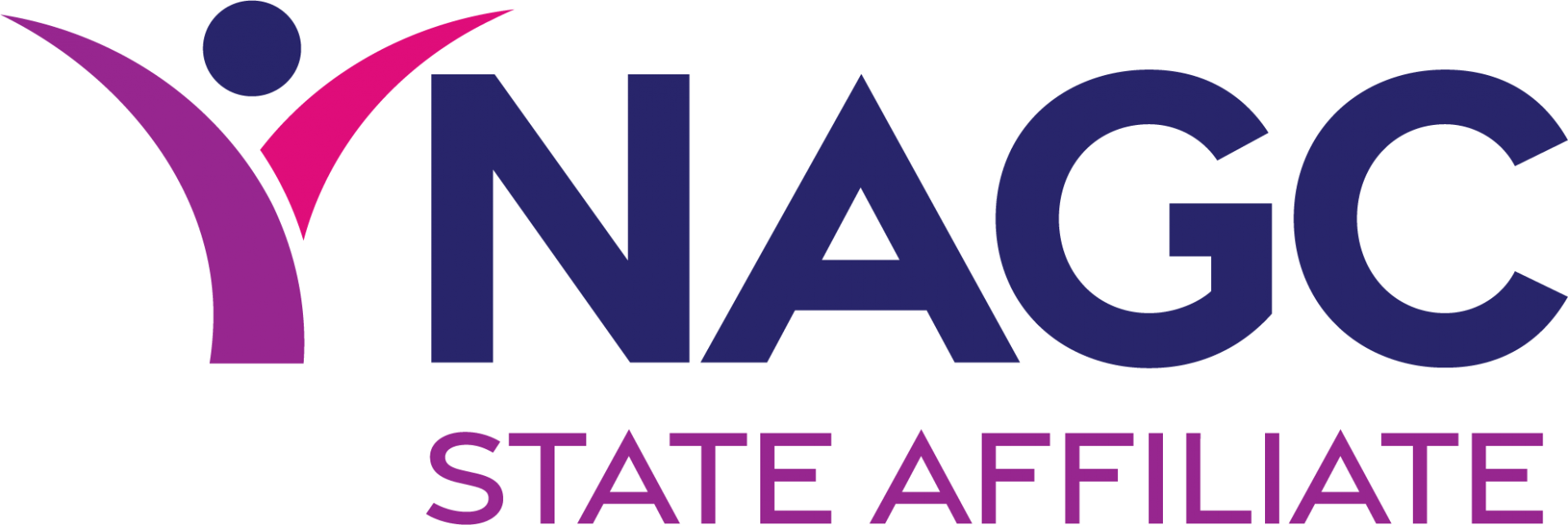Of Curiosity and Creativity
In last month’s Gifted in Perspective article entitled Critical Thinking and Academic Learning, I explored the importance of critical thinking in the classroom. Research indicates that critical thinking strengthens academic achievement, and conversely, academic achievement promotes critical thinking.This symbiotic relationship is critical to effective learning.
Creative thinking also plays a very important role in learning and academic achievement. Creativity is often the on-ramp to motivation and engagement in a classroom, and these definitely enhance learning. When a student’s curiosity is piqued, creativity is sparked. Promoting curiosity, therefore, is an essential precursor to creativity.
So how do educators craft classrooms that celebrate curiosity and creativity? And what can parents and caregivers do to enhance learning through curiosity and creativity?
In a July, 2025 article in Edutopia entitled
4 Strategies to Promote a Curious Classroom, author Thomas TH McKenna has some excellent strategies. His first suggestion is to create a space in which it is safe to be curious and creative. He suggests adults and children craft rules about discussions, and revisit them often. Here are some rules suggested by McKenna, and rules that I have found useful:
- Allow time for thinking and processing information. Not everyone processes quickly; some of us “think with our mouths” and others need time to process internally before responding aloud. Both are valid ways to process information and should be honored.
- Teach children ways to engage thoughtfully in discussions, especially when opinions and ideas are diverse or creative. At SOAR Camp (elementary and middle school summer camps for gifted children) this past summer, we emphasized phrases such as:
- “In light of that new information, I changed my mind.”
- “You make a strong argument; I’ll consider what you said.”
- “I can’t support my opinion; I don’t know why I think that.”
- “I never thought of it that way. Thank you. Now I will.”
- “From the evidence provided, it appears that I need to rethink things.”
- “Oh, I didn’t know that before. I guess I was wrong.”
When we give children respectful ways to process their thinking and the thinking of others, we build safe spaces to communicate creatively.
McKenna also suggests using natural phenomena to spark curiosity and grow creativity. Drawing attention to the world around us, being curious, and asking questions of curiosity will often generate creative answers. When doing this, adults also need to model genuine curiosity. We need to model the joy in asking questions, posing possibilities, and pursuing creative solutions. Acting as the “guide on the side” rather than the “sage on the stage” levels the creative thinking playing field for adults and children. Learning should be FUN!
A suggestion from McKenna that I found intriguing was his reference to the usage of “adult poker face”. When adults do not signal that an answer is correct through verbal or facial confirmation, this opens possibilities for more creative answers and discussions. Non-committal or non-judgmental affirmations such as,
“Oh?”
or
“Hmmm?” or specific invitations to continue thinking enhance creativity. So does the concept of grand pause (as difficult as this is to do…). A grand pause signifies that more thinking is possible, and when children have had a chance to process others’ thinking and piggyback their own thinking, creativity soars. Creativity takes time.
Finally, McKenna suggests moving away from expecting single correct answers. When a student answers a question, dig deeper. Consider using the 5 Whys Technique (ask
“why” after each answer five times). Harness the power of “wrong answers” to make meaning more powerful. Engage students in questioning each other respectfully, and in posing questions such as
“What if?”
or
“What else?”
or
“What next?” or
“How come?”
As we enter another school year, consider making creativity a priority in your classrooms and homes. Begin by harnessing the power of curiosity, and then transforming it into creativity. The rewards will be significant – improved motivation and engagement, and enhanced learning.
As always, I welcome your thoughts. Together we grow.
- Jackie Drummer, Past President and Current Board Advisor
Thank you to Esther Vazquez for her translation of this article for our Spanish-speaking educators and families.

